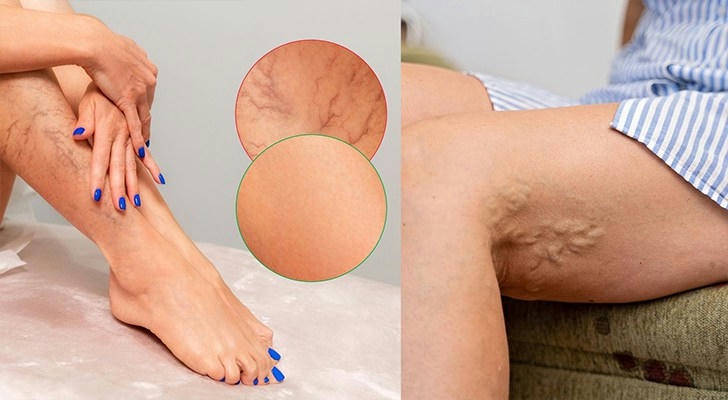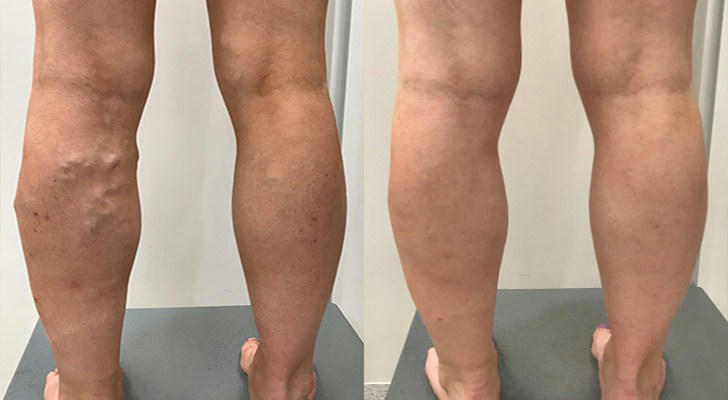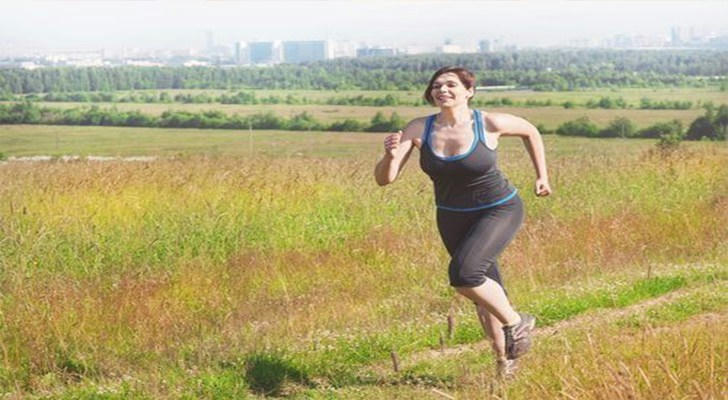How to Detect and Treat Varicose Veins Early?
Varicose veins are a common condition that many people experience, especially as they age. These swollen, twisted veins usually appear on the legs and can be more than just a cosmetic issue. Left untreated, they may lead to discomfort, pain, or more serious health problems. The good news is that detecting and treating varicose veins early can help prevent complications and improve your quality of life. This article explains how to recognize the early signs of varicose veins and what you can do about them.

What Are Varicose Veins?
Varicose veins are enlarged veins that often appear blue or purple and bulge under the skin. They occur when the valves in your veins don’t work properly, causing blood to pool instead of flowing back to the heart. This leads to increased pressure in the veins, which causes them to stretch and twist.
Who Is at Risk for Varicose Veins?
Certain factors increase your risk of developing varicose veins:
1.Age: As you age, vein walls and valves weaken, making them less effective at circulating blood.
2.Gender: Women are more likely than men to develop varicose veins due to hormonal changes during pregnancy, menopause, or from using birth control pills.
3.Family History: Genetics play a significant role. If your parents had varicose veins, your risk increases.
4.Prolonged Sitting or Standing: Jobs that require long periods of standing or sitting can put extra pressure on your veins.
5.Obesity: Extra weight increases the strain on your veins.
6.Pregnancy: The increased blood volume and hormonal changes during pregnancy can contribute to varicose veins.
How to Detect Varicose Veins Early
Early detection of varicose veins is crucial to prevent discomfort and complications. Here are the warning signs to look for:

Visible Symptoms
1.Bulging Veins: Enlarged veins that are visible just beneath the skin, often appearing twisted or rope-like.
2.Spider Veins: Smaller red or blue veins that appear in clusters on the legs or face.
Physical Symptoms
1.Heaviness in the Legs: A feeling of tired or achy legs, especially after prolonged standing or sitting.
2.Swelling: Ankles and feet may swell due to poor circulation.
3.Itching or Burning: The skin around the veins may feel itchy or irritated.
4.Pain or Cramping: Some people experience throbbing or cramping in their legs, particularly at night.
If you notice these symptoms, consult a healthcare provider to confirm the diagnosis and explore treatment options.
How Are Varicose Veins Diagnosed?
Doctors can usually diagnose varicose veins with a physical exam. However, they may recommend additional tests to assess blood flow and check for complications:
1.Ultrasound: This non-invasive test uses sound waves to detect blockages or poorly functioning valves in the veins.
2.Venogram: In rare cases, a dye is injected into the veins, and X-rays are taken to provide a detailed view.
How to Treat Varicose Veins Early
Treating varicose veins in their early stages is important to prevent worsening symptoms and complications like ulcers, blood clots, or chronic vein insufficiency. Here are some treatment options:

1. Lifestyle Changes
Making small adjustments to your daily routine can help relieve symptoms and prevent varicose veins from worsening:
•Exercise Regularly: Activities like walking, cycling, or swimming improve blood flow and strengthen your leg muscles.
•Elevate Your Legs: Resting with your legs elevated above your heart can reduce swelling and improve circulation.
•Maintain a Healthy Weight: Losing weight reduces pressure on your veins.
•Avoid Prolonged Sitting or Standing: Take breaks to move around or stretch your legs.
2. Compression Stockings
Compression stockings provide gentle pressure on your legs, helping blood flow more efficiently and reducing swelling. They are widely available and come in different levels of compression. Your doctor can recommend the best type for your needs.
3. Medical Treatments
If lifestyle changes and compression stockings don’t alleviate your symptoms, medical treatments may be necessary. These include:
Minimally Invasive Procedures
•Sclerotherapy: A solution is injected into the varicose veins, causing them to close and fade over time.
•Laser Treatment: High-energy light is used to seal off smaller varicose or spider veins.
•Endovenous Ablation: Heat or radiofrequency energy is used to close off larger varicose veins.
Surgical Options
•Vein Stripping and Ligation: This involves removing the affected vein through small incisions. It is typically reserved for severe cases.
•Phlebectomy: Tiny incisions are made to remove smaller varicose veins close to the skin's surface.
Preventing Varicose Veins
While it’s not always possible to prevent varicose veins, especially if you have a family history, these tips can lower your risk:
1.Stay Active: Regular exercise improves circulation and strengthens leg muscles.
2.Wear Comfortable Clothing: Avoid tight clothing that restricts blood flow, especially around the waist and legs.
3.Choose the Right Footwear: Low-heeled shoes improve circulation more than high heels.
4.Take Breaks: If your job involves long periods of standing or sitting, take breaks to move or stretch.
5.Elevate Your Legs: Resting with your legs elevated can help reduce pressure on your veins.
Why Early Detection Matters
Detecting and treating varicose veins early is essential for avoiding discomfort and more serious health problems, such as ulcers or blood clots. Early treatment is less invasive, more effective, and has a shorter recovery time.
Final Thoughts
Varicose veins may be common, but they don’t have to interfere with your quality of life. By recognizing the early signs, making healthy lifestyle changes, and seeking medical advice when needed, you can manage varicose veins effectively and prevent complications. If you’re concerned about your veins, consult a healthcare provider—they can guide you toward the best treatment options for your situation.
